Whimbrel in the Spartina marsh grass of Lieutenant Island passage.
Outer Cape – Provincetown to Stellwagen Bank and Minimoy Island
22-28 August 2021
The timing of my trip to Cape Cod
perfectly aligned with the arrival of Tropical Storm Henri on the coast of New
England. I departed New Haven on the morning of the 22nd, and drove
eastward into the path of Henri. As Henri made landfall at Westerly, Rhode
Island, I drove through the heart of the storm on an empty Interstate 95. Winds
gusted to 50 MPH and rain, leaves, and debris filled the air as I struggled to
keep the car on the roadway. I stopped once, for about 15 minutes, when
conditions were simply too much to handle. I managed to transect the entire
tropical storm from western verge, to eye, to eastern verge, in about three
hours. As I left Providence for Fall River, the rain and wind lessened, and
when I reach Orleans, on the lower Cape, there was no rain, little wind, and
light cloud. I had made it! It was a novel experience for me, but not one I
recommend.
Original forecasts had the storm
striking the Cape, but a last-minute detour to the west took the storm into the
interior of central New England, and left Cape Cod untouched. I arrived at
Provincetown in mid-afternoon, to find partly sunny and pleasant conditions. Because
of the dire predictions of meteorologists, my campground, Dune’s Edge, had
closed for all of Sunday and Monday—all for naught... This forced me to stay in
a nearby motel.
At the end of the day I visited
Race Point Beach with colleague, writer, and whale-watch naturalist, Dennis
Minsky. I had hopes of seeing wind-blown tropical seabirds, but since the storm never
made it this far east, no surprises! We did encounter another birder, Marsha Salett,
editor of the Bird Observer, who had
her scope trained on the horizon, where she could see various shearwater species
foraging about a half-mile offshore.
The next morning I rose before
dawn and returned to Race Point Beach and walked west to the Point, a famous
birding hotspot. Again, my hopes were that the storm had carried waifs from the
south and east to this spot. But no. Things were quiet and the birds typical. I
did pass by a loafing group of about a hundred Gray Seals on the beach, where
they had spent the night.
Later in the day I drove south to
Wellfleet. I first visited the causeway crossing the saltmarshes to Lieutenant
Island. I was there for the high tide, which brought shorebirds into the
marshes because of the inundation of the mudflats under the rising tide. This
is a great spot for seeing Whimbrels. Today I saw 5-6 flocks of these handsome
waders pass by, looking for a place to hunt fiddler crabs during the high tide.
Whimbrels are a favorite of mine.
I then visited the Wellfleet
Audubon Sanctuary, just south of the causeway, and walked out to the inundated
flats, wading much of the way on their little boardwalk. A lovely walk but
birds were few—just some cormorants, and the expected species of gulls and
terns.
Provincetown is a great place to
spend some days hunting down nature. And the town itself has lots of
entertaining features—restaurants, bike paths, art galleries galore, historical
buildings, and bustling urban beach life.
Dune’s Edge campground, situated
just north of Provincetown center, reopened on Tuesday morning, and I set up
camp that morning. This piney woodland is a splendid place to camp. From there
I can quickly bike to just about any place in Provincetown (I always bring a
bike with me to the Cape). Moreover, there is a great paved bike path that
winds through the dunes to the north through the National Seashore. This is
always a fun diversion.
One morning, Dennis and I walked the West Marsh harbor flats that are enclosed by the curving outer finger of sand that forms the very tip of Cape Cod. These flats are extensive and during low tide are great walking and birding. There were scads of waterbirds as well as groups of Gray Seals in the deeper pools of water. Among the shorebirds, it was mainly Black-bellied Plovers, Sanderlings, Semipalmated Sandpipers, yellowlegs, and a few other species.
Double-crested Cormorant fishing in the shallows the West Marsh mudflatsWe came upon a flock of 100+
terns, a mix of Common and Roseate. A few Least Terns foraged and fed young of
the year. Of course, there were plenty of cormorants there, too. And Herring
and Great Black-backed Gulls. But there were perhaps 500 or more birds
scattered about, giving us something to sort through. Our highlight was a
breeding-plumaged Dunlin. A first for the week.
A friend and neighbor of Dennis’s,
Ross Sormani, organized a birding trip for the three of us to Minimoy Island, just offshore south of
Chatham, at the Cape’s elbow. Tiny and low and sandy Minimoy lies just west of
the northern portion of the better-known (South) Monomoy Island, which has the
historic lighthouse on the south end.
Ross arranged for a local clammer
to take us out. We arrived at the island around 7:30AM, and we spent more than
three hours circling the island, scoping the waterbirds that abounded there. We
counted 90 Snowy Egrets, at least 20 Great Egrets, hundreds of Semipalmated
Plovers, perhaps 200 Sanderlings, and a whole raft of other species in smaller
numbers.
There were birds everywhere across the sun-blasted flats. It was just us, the trove of birds, and several clammers making their harvest. The sun was unrelenting and we were relieved to be back in the boat, headed to the mainland. Minimoy is a birding heaven during the fall migration. As we feasted on our lunch in Harwich Center we discussed plans for future visits to Minimoy.
Cormorants bake in the sun of the Provincetown breakwaterI did four whale-watch boat trips during my stay in Provincetown. This is my favorite activity, in part because my friend, Dennis, is one of the naturalists for the Dolphin Fleet. I spend the entire three hours outbound and inbound out on the rail, looking for wild creatures—fish, sharks, turtles, whales, dolphins, and seabirds. It’s work, but it is great fun.
Near the shore there are lots of scenic vistas.
View from the whale watch boat looking eastward to the Pilgrim Monument (1907) of downtown P'townThe views back to Provincetown
are always evocative.
There is always a chance of seeing an Ocean Sunfish, the largest of the bony fishes (also the strangest). They can grow to 4-5 feet across and they lie flat on the surface, waving their pectoral fin this way and that. I saw two of these bizarro creatures this year. But got no photos.
I did photograph a Basking Shark,
and also got nice looks at a small Blue Shark. For some reason these two sharks
like to spend time right on the surface of the calm sea.
We also encounter fishing boats,
mostly those out for sea scallops. They are often followed by gulls and other
seabirds. It’s nice to see exactly where my scallops are coming from!
A whale watch out of Provincetown
focuses on Humpback Whales for two reasons: they tend to be the most abundant
species in these waters, and they are the most active above the surface of the
sea. By contrast, the other two regulars, Fin Whales and Minke Whales, tend to
show nothing more than the arch of their back and their dorsal fin when the
come up for air.
Humpbacks are often found in
female-calf pairs and sometimes small feeding aggregations of adults without
young. This year I saw an adult threesome and an adult foursome.
When whales dive they often throw
their tail (fluke) up to given themselves a downward push. Whale watchers
appreciate seeing the fluke, which is patterned with distinctive white and
black. Individuals can be identified by this patterning.
Whales also play about, sometimes
raising their long white pectoral fin up out of the water.
Dolphins are seen some times. On
one trip we encountered a pod of some 20 Atlantic White-sided Dolphins, in the
very same place we were watching the Humpback Whales.
Of course, I was focused on
hunting for interesting seabirds out over the water. I saw lots of seabirds but
nothing out of the ordinary. Stellwagen Bank in late August produces the
following: one species of storm-petrel, four shearwaters, one jaeger, and one
gannet. Plus some gulls and terns. What follows is a series of bird images,
each with its own caption.
Of course, there was lots of talk of local lobster diver, Michael Packard, who was swallowed by a Humpback Whale in June right off Herring Cove and lived to tell the story on Jimmy Kimmel. I met two of Packard's sisters as well as his crew member who manages the boat while Packard is diving (with scuba). The crew member saw the whale surface and eject Packard. This is not a common occurrence.

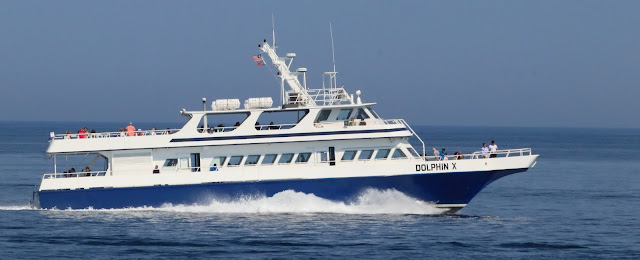




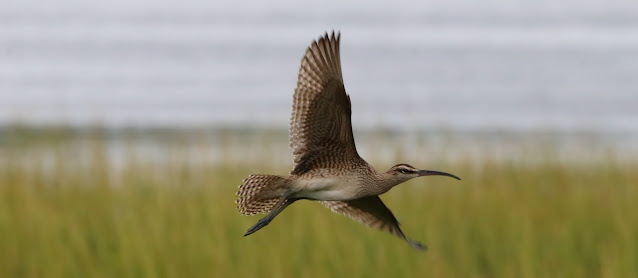


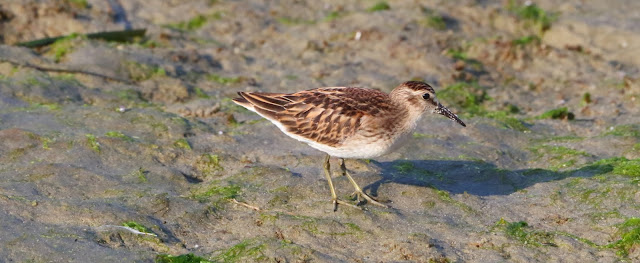















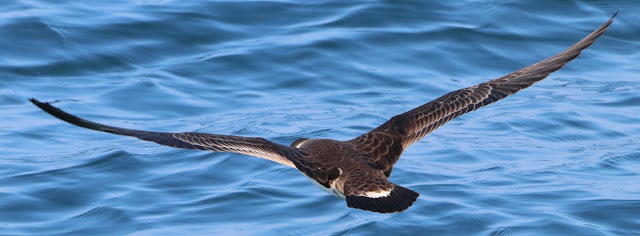




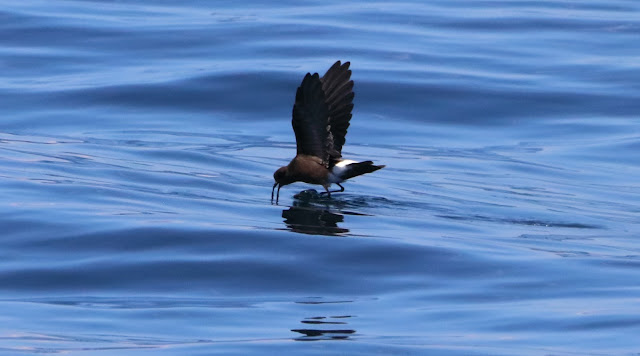
I love all your blogs but have to comment on this one because I absolutely love all those things about the Cape! Looks like you got some banner boat time in, despite Henri.
ReplyDeleteWhoa, just saw my comment posted as "batgirl." No idea where that came from! Suzanne Tomassi
ReplyDeleteThanks for sharing such a nice one with us. Get all information regarding
ReplyDeletePhoto Editing Services canada
Photo Retouching Services canada
Real Estate Photo Retouching Services canada
Ghost Mannequin Services canada